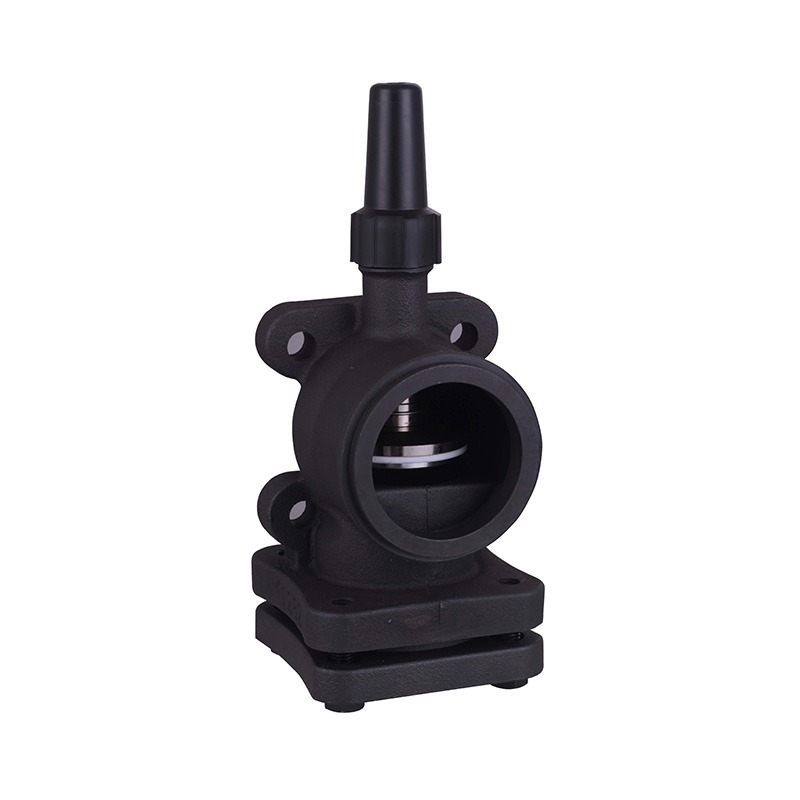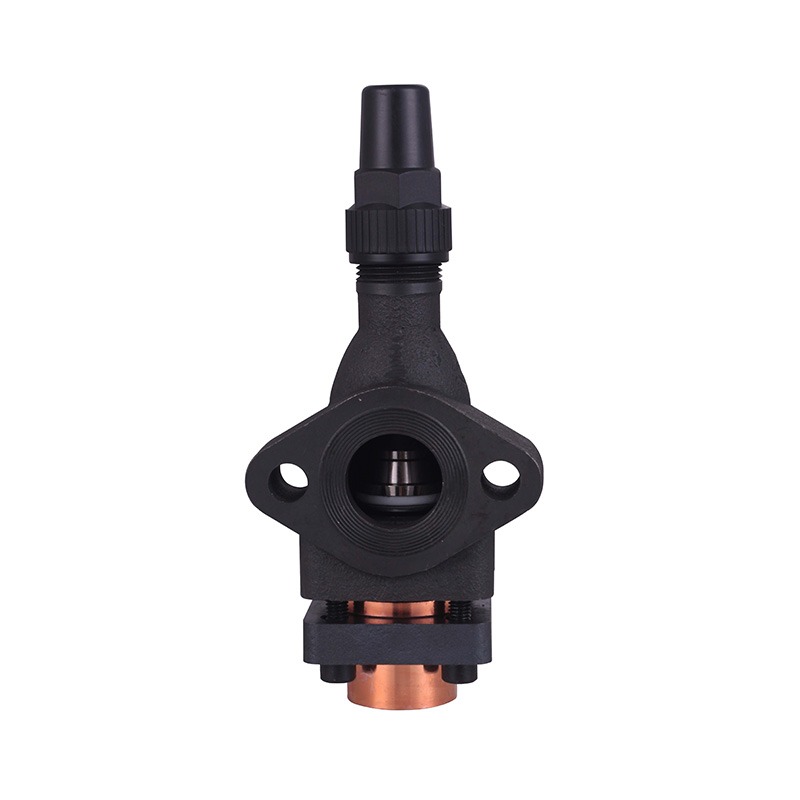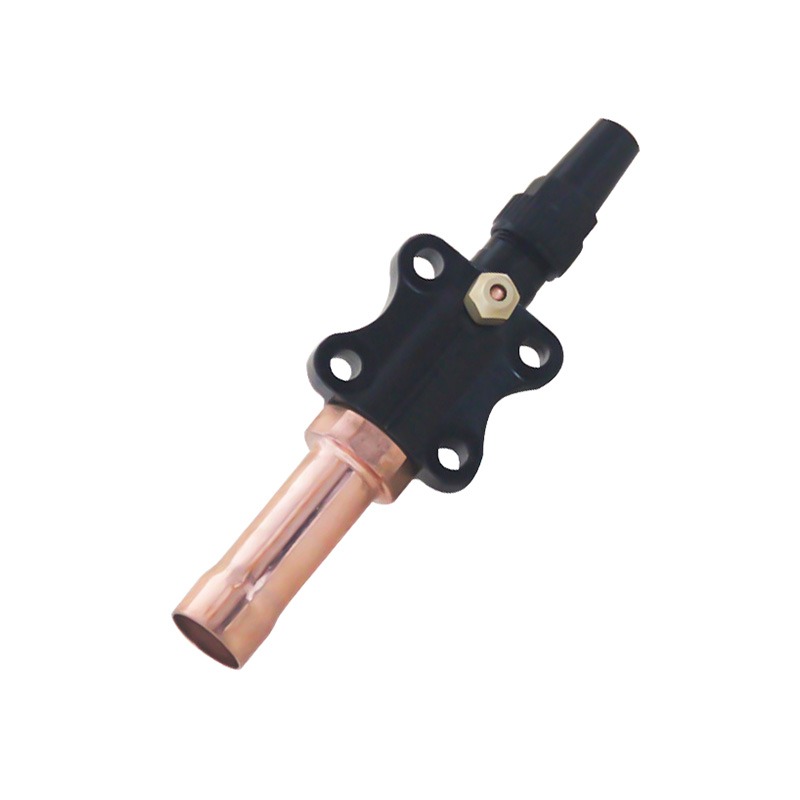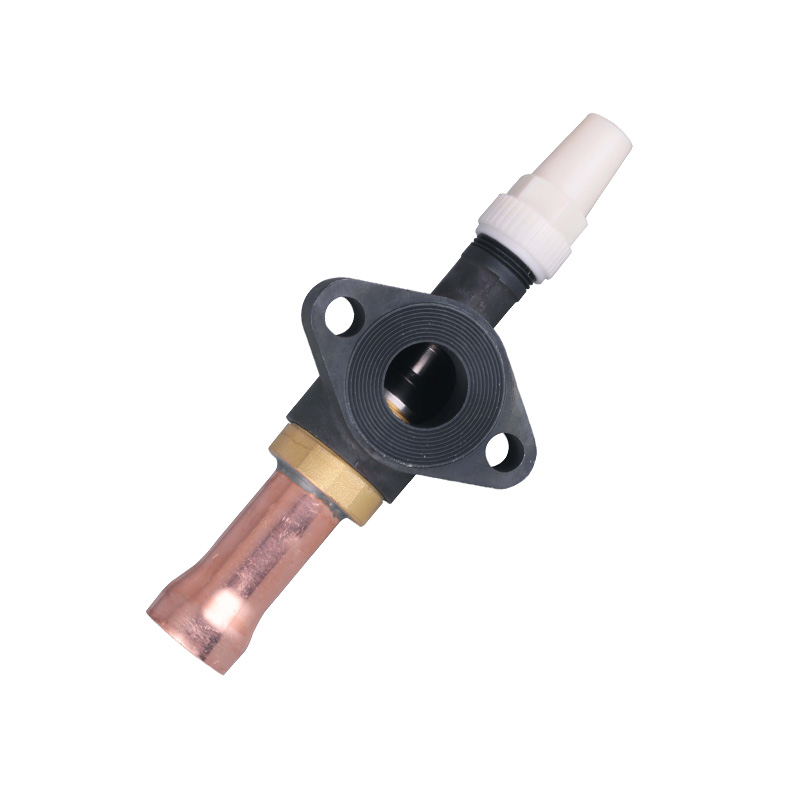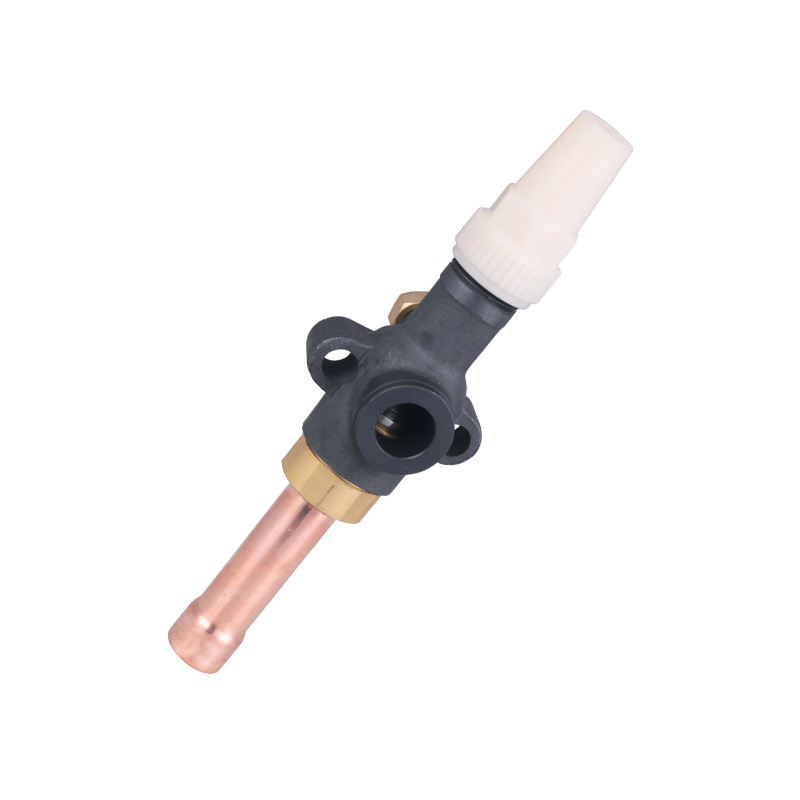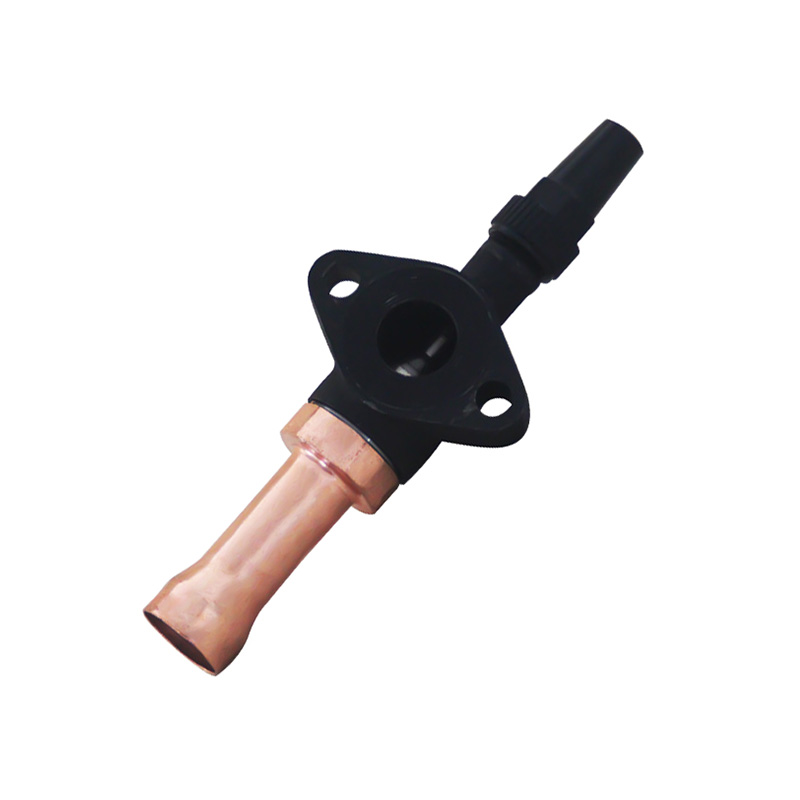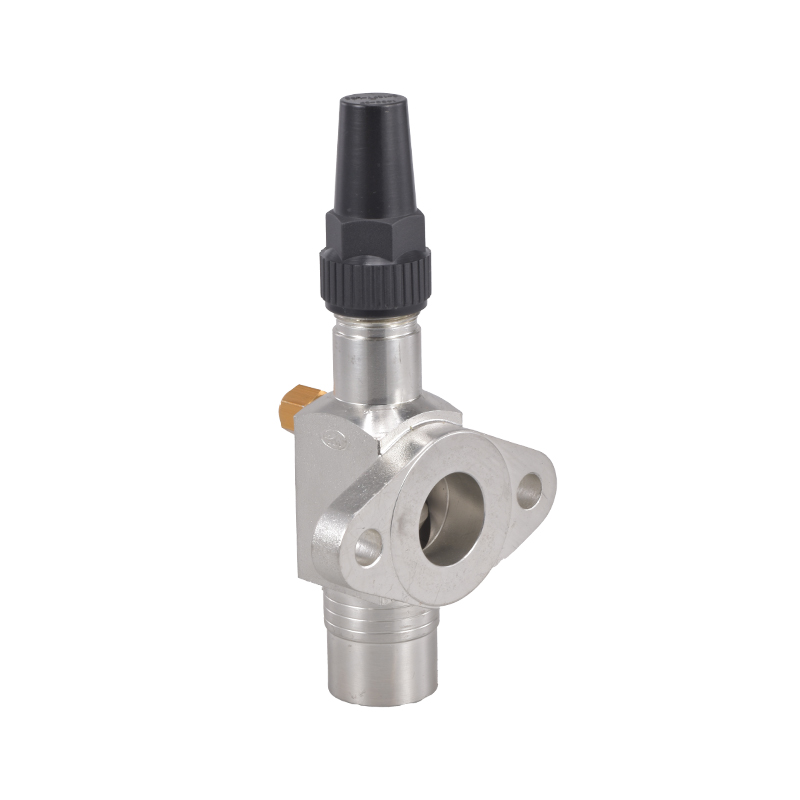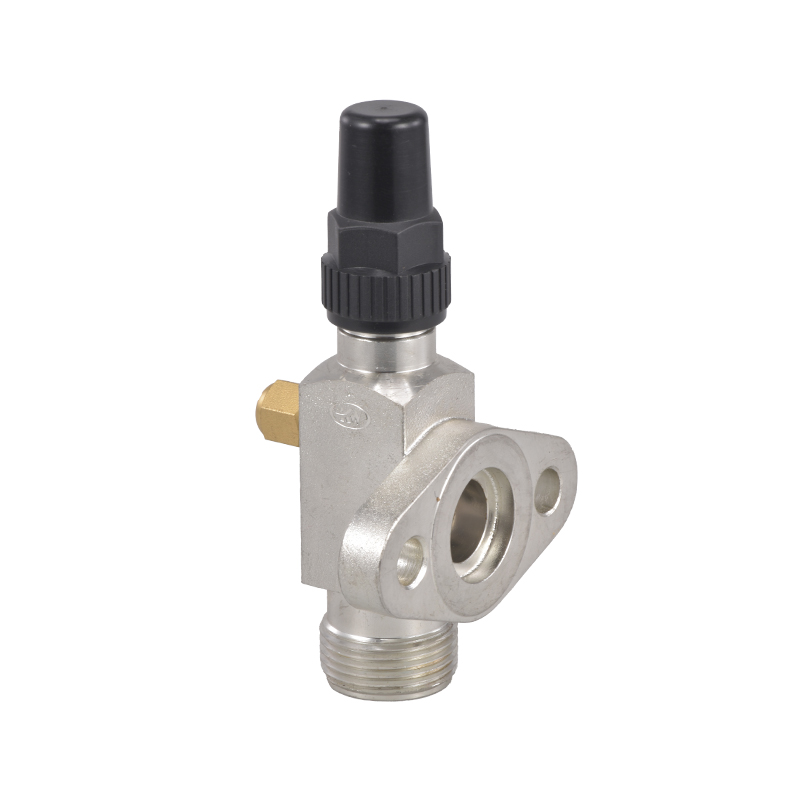How the One-Way Stop Valve Is Powering Global Industrial Decarbonization Efforts
 By Admin
By Admin
As global industries race to meet ambitious decarbonization goals—driven by regulatory pressures, consumer demand for greener practices, and the need to cut long-term energy costs—the search for affordable, low-effort solutions has intensified. On social media platforms like LinkedIn and Twitter, conversations about “actionable sustainability” (not just vague ESG promises) dominate industrial circles, with professionals sharing small, impactful component swaps that deliver big carbon wins. The One-Way Stop Valve has emerged as a standout in these discussions: a simple yet critical fluid control component that prevents reverse flow, reduces energy waste, and aligns with the “no-overhaul” sustainability strategies many businesses need. Unlike complex, high-cost green tech, this valve fits seamlessly into existing systems, making it a practical choice for facilities looking to make tangible progress on decarbonization without disrupting operations.

Why Is the One-Way Stop Valve a Go-To for “Small-Swap” Sustainability?
Sustainability teams on social media often highlight a common challenge: balancing ambition with practicality. Full system overhauls (like replacing entire pipelines) are costly and time-consuming, but small component upgrades can add up quickly. The One-Way Stop Valve addresses this by targeting a hidden source of carbon emissions: inefficient fluid flow. When traditional valves wear down, they allow reverse flow, forcing pumps and compressors to work harder to re-pressurize systems—a process that wastes energy and drives up greenhouse gas output. The One-Way Stop Valve’s tight-sealing design eliminates this issue, ensuring fluid flows in only one direction with minimal friction. This means less energy is consumed, and fewer emissions are released—all without requiring a facility to shut down production for upgrades. On platforms like YouTube, where businesses share their sustainability journeys, the valve is often framed as a “quiet hero”: a component that doesn’t grab headlines but consistently contributes to carbon reduction targets.
How Does the One-Way Stop Valve Fit Into Renewable Energy Systems?
Another trending topic in industrial social media is the integration of renewable energy (like solar thermal or hydrogen production) into legacy operations. These systems rely on precise fluid control to maximize efficiency, and the One-Way Stop Valve is uniquely suited to this task. For example, in solar thermal plants, the valve ensures heated fluid flows only toward storage tanks, preventing heat loss from reverse flow. In hydrogen production, it protects sensitive electrolyzers from backflow that could cause damage or reduce output. Unlike specialized valves that only work with one type of renewable system, the One-Way Stop Valve’s versatile design adapts to multiple setups—making it a cost-effective choice for facilities testing or scaling renewable tech. On LinkedIn’s renewable energy groups, professionals often recommend the valve as a “future-proof” component: it works with today’s systems and can adapt as facilities add more green tech down the line.
What Do Social Media Conversations Reveal About the Valve’s Decarbonization Impact?
Scroll through hashtags like #IndustrialSustainability or #NetZeroManufacturing, and you’ll find firsthand accounts from facilities that have adopted the One-Way Stop Valve. A water treatment plant in Europe shared on Twitter that swapping to the valve reduced their pump energy use by a noticeable margin, helping them hit their quarterly carbon target. A chemical manufacturer on LinkedIn noted that the valve’s leak-proof design cut emissions from escaped fluids— a small detail that had been overlooked in their previous sustainability audits. These real-world stories resonate because they’re relatable: they show that decarbonization doesn’t require massive investments, just smart choices about components like the One-Way Stop Valve. For businesses looking to share their own sustainability wins online, the valve provides a concrete, easy-to-explain example of progress—exactly what industrial audiences want to see.




 English
English русский
русский Deutsch
Deutsch
